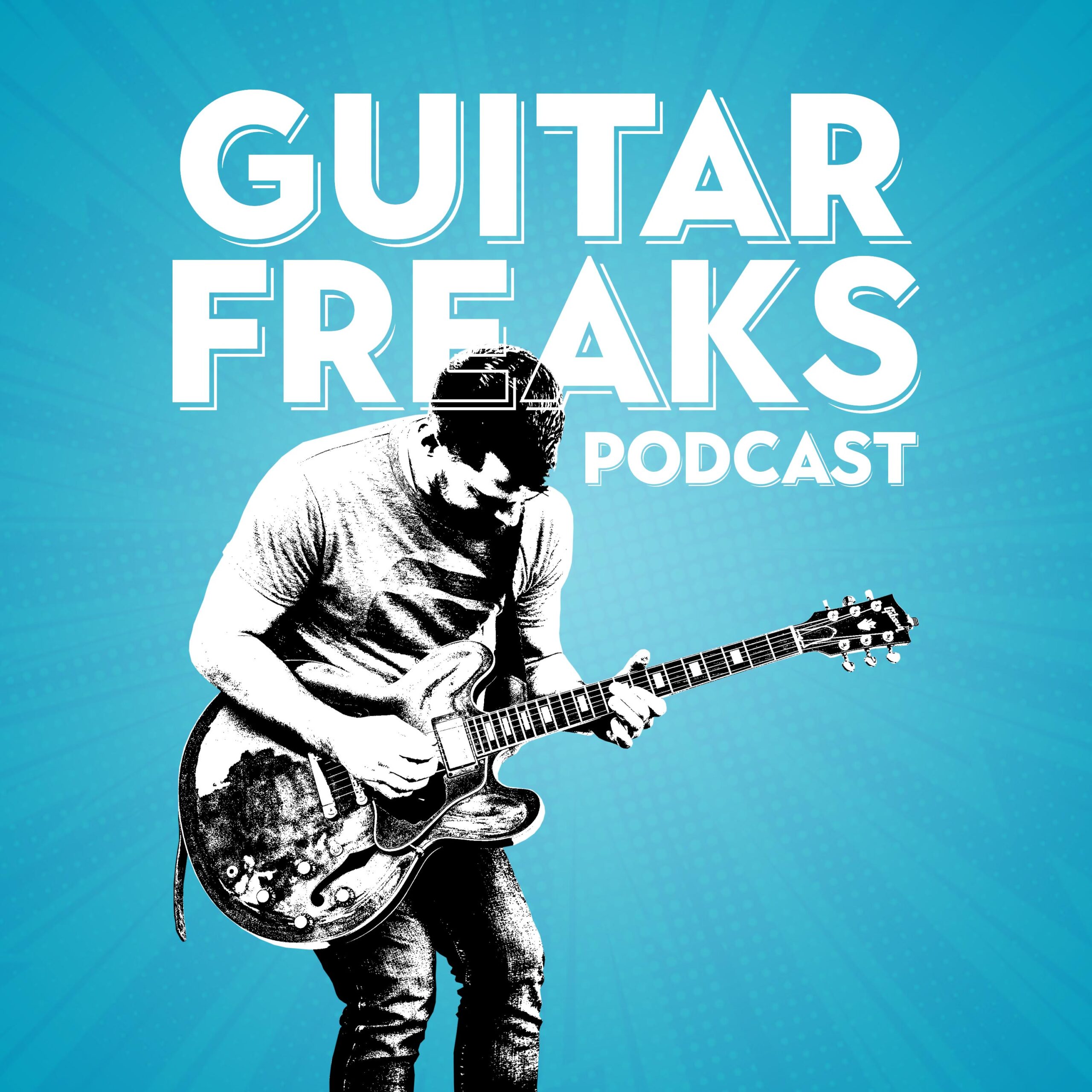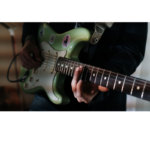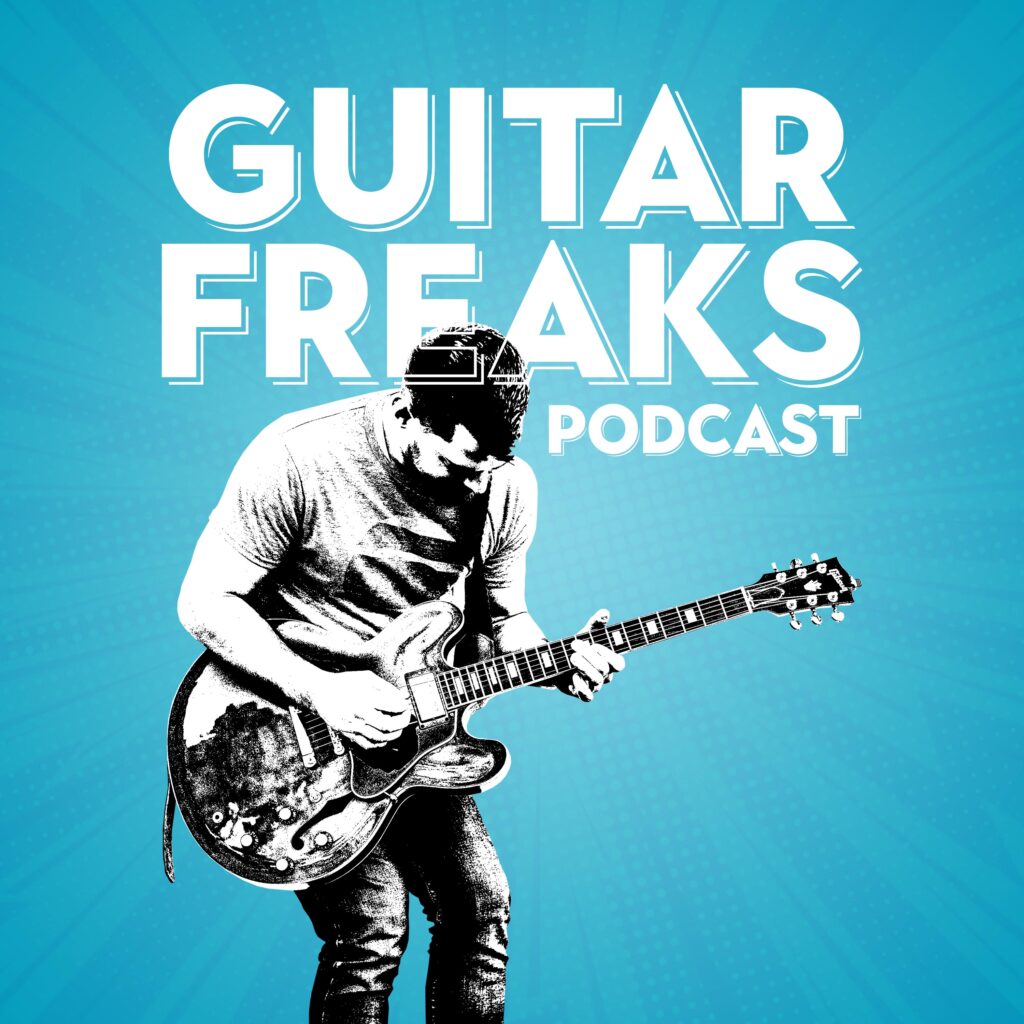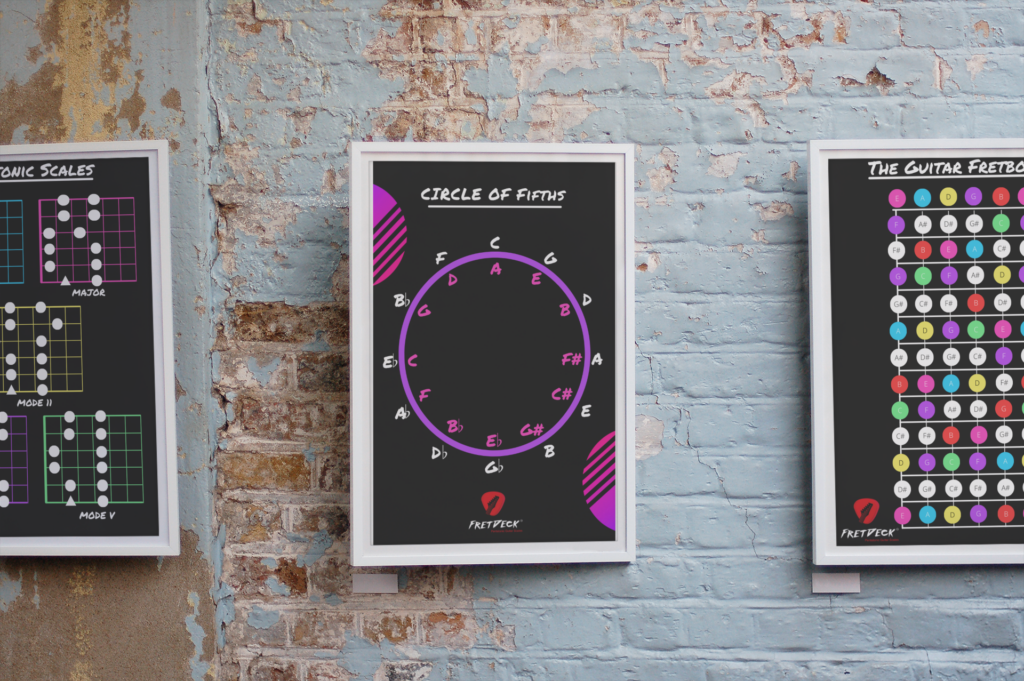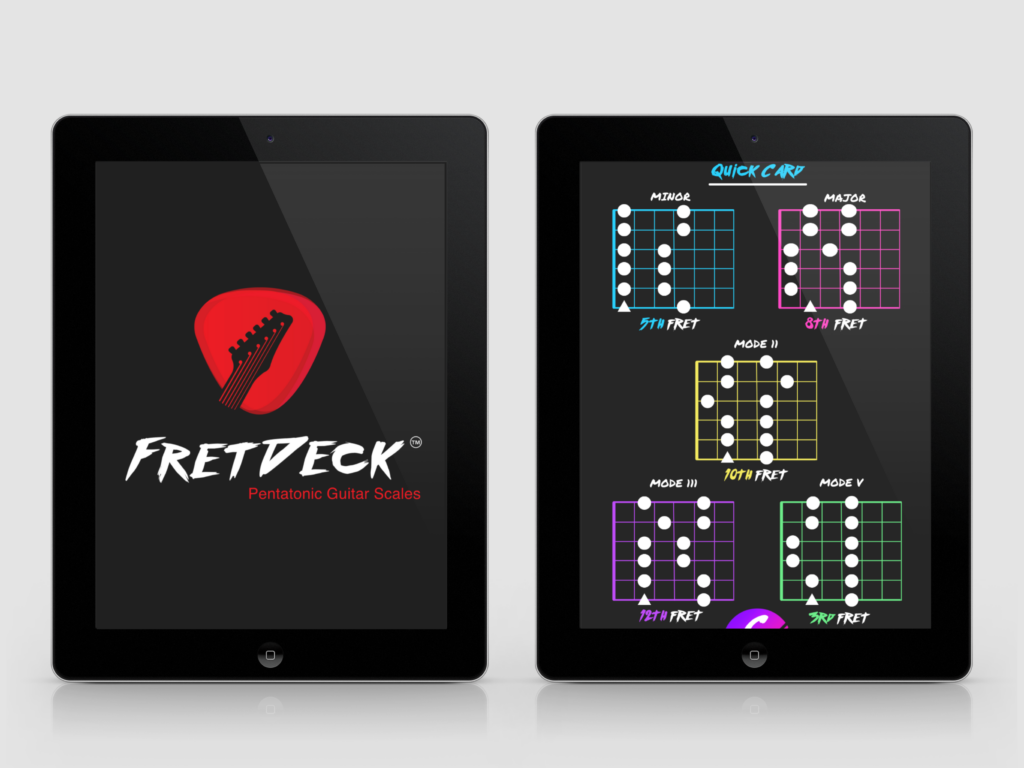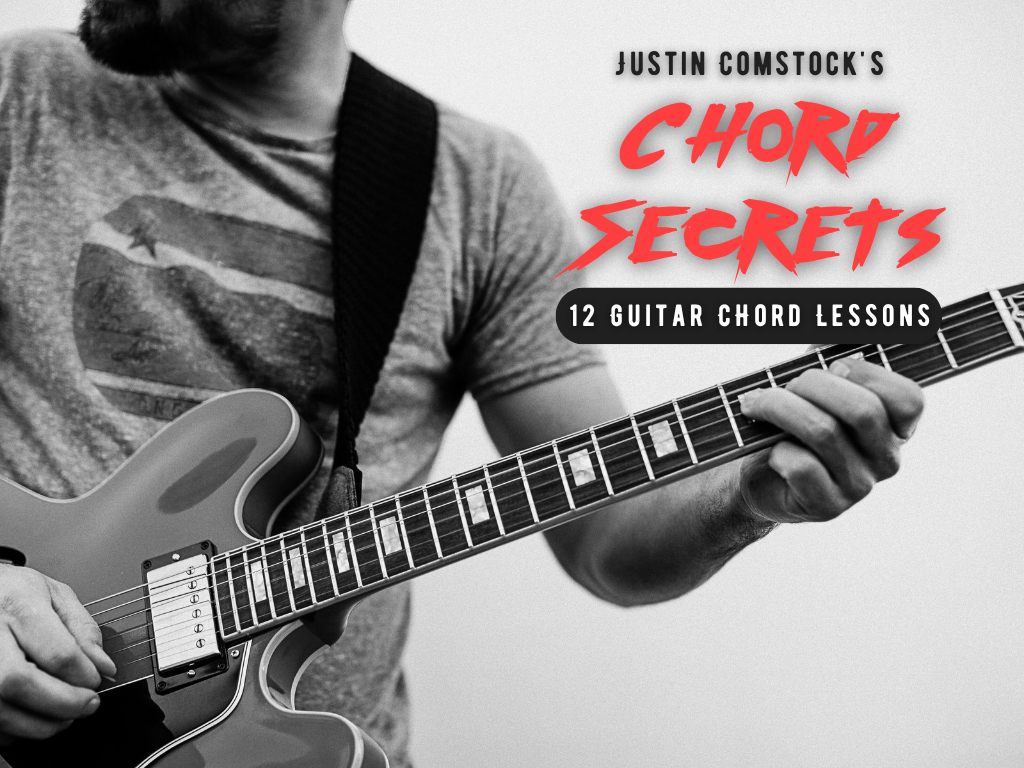Let me guess…
You’ve memorized a bunch of chords. You’ve practiced some scales. But when it comes time to solo or write something that actually sounds musical…
You’re stuck.
The problem? You’re ignoring the most powerful, melodic tool in your guitar arsenal:
ARPEGGIOS.
Arpeggios are like X-ray vision for music. They show you the skeleton underneath every chord and allow you to play solos that fit like a glove.
But there’s a problem…
Most players learn arpeggios like robots. They memorize a few patterns, try sweeping up and down, and never actually use them musically.
Today, we’re going to flip that on its head.
We’re going to go deep into guitar arpeggio patterns — how to practice them creatively, how to use them musically, and how to finally unlock the neck.
And I’ll show you the tool thousands of guitar players are now using to master them fast.
Why Most Arpeggio Practice Fails
- Players treat arpeggios like scales (instead of melodic tools)
- They isolate them with no chord context
- They never phrase them like music
The fix?
Practice fewer arpeggios, but learn to use them like melodies — not drills.
Let’s start with the 5 patterns that matter most.
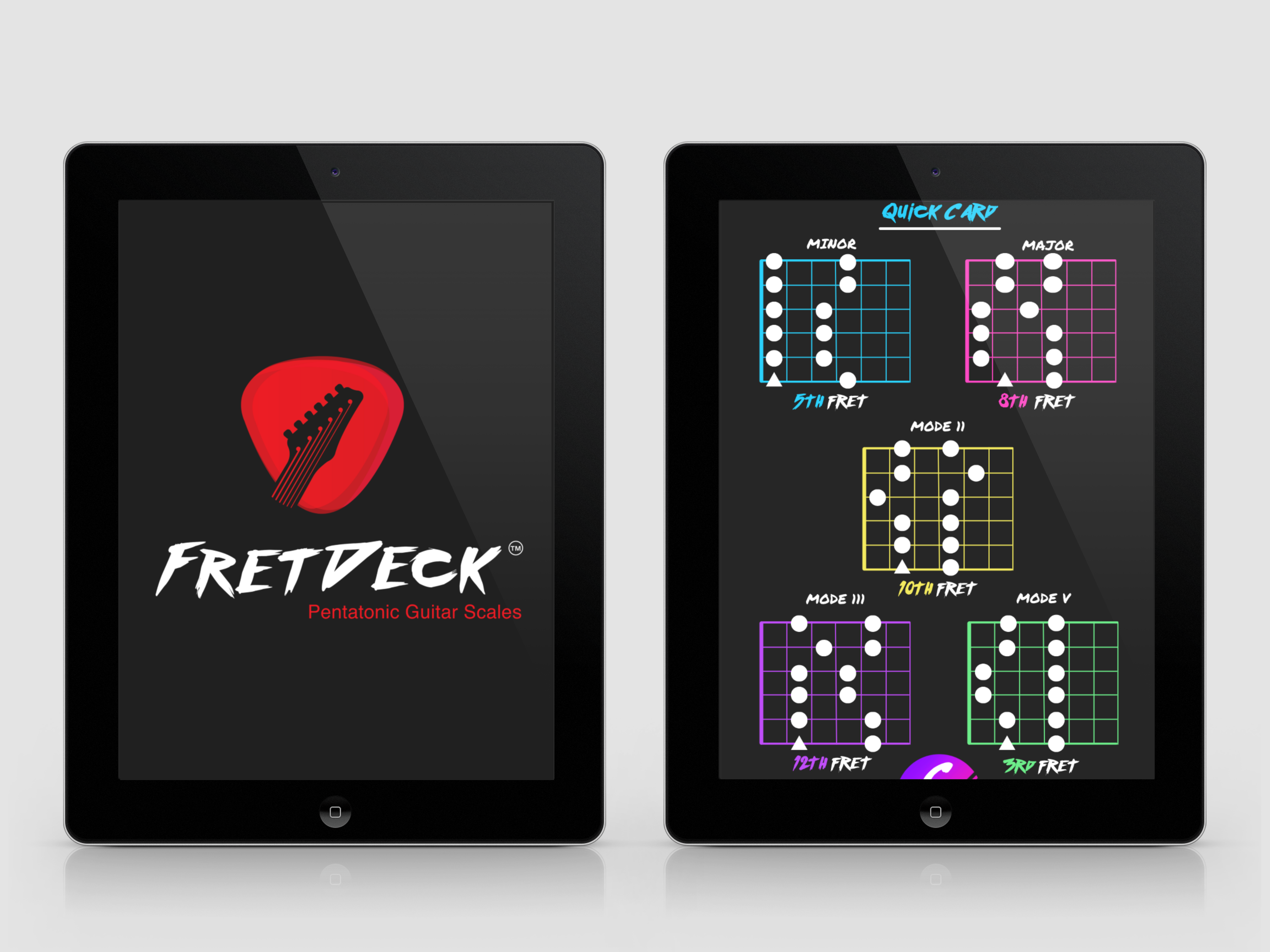
Download The FretDeck & Pentatonic Secrets Course!
Download Our Course
The 5 Guitar Arpeggio Patterns That Actually Matter
You don’t need 30 patterns. You need 5:
- Major Triad Arpeggio (Root Position)
- Minor Triad Arpeggio (Root Position)
- Dominant 7 Arpeggio
- Major 7 Arpeggio
- Minor 7 Arpeggio
These 5 unlock 95% of your playing across rock, blues, jazz, and funk.
Learn them vertically. Then learn them diagonally. Then break them into fragments (more on that in a sec).
The “Chord Follower” Method
Most guitarists play a solo over the chords.
But great players solo through the chords.
Here’s how:
- Play a backing track with a I-IV-V (like A-D-E)
- For each chord, play the arpeggio of that chord only
- Phrase with it. Don’t just run it like a scale
- Target the chord tones like they matter (they do!)
>>> Try This: Play the A major arpeggio over the A chord. When it switches to D, shift into a D major arpeggio, etc.
You’ll sound like you know what you’re doing — because you do.
The 3-Note Fragment Game
Don’t play the full pattern. Play only 3 notes.
- 1 – 3 – 5 of a major chord
- b3 – 5 – b7 of a minor 7
- 1 – b7 – 3 of a dom 7
Why?
Because phrasing with small fragments creates better solos. And you start hearing the chord.
>>> Drill: Pick 3 notes from any arpeggio. Make 5 licks.
Connect the Dots Across Strings
Here’s a test:
- Can you play a C major arpeggio from string 6 to string 1 without skipping a beat?
- Can you walk it diagonally up the neck?
Most can’t. That’s why most solos sound boxy.
>>> Tip: Use diagonal arpeggio shapes to unlock the full fretboard. FretDeck makes this dead simple — you’ll see every diagonal connection at a glance.
Add Slides, Bends, and Real-World Phrasing
Here’s where you stop sounding like a scale book and start sounding like a guitar player.
- Add slides between notes of the arpeggio
- Add bends to approach tones
- Use vibrato to end phrases
>>> Try This: Play a minor 7 arpeggio (like A minor 7). End every phrase with a bend or slide.
Arpeggios and the Blues (Secret Weapon)
Most blues players use pentatonics. But add arpeggios, and your solos explode with sophistication.
Example: 12-Bar in A:
- Over A7: use A dom 7 arpeggio
- Over D7: use D dom 7 arpeggio
- Over E7: use E dom 7 arpeggio
Blend them with pentatonics.
It’s the secret sauce of players like Robben Ford and Larry Carlton.
Looking for arpeggio-heavy solos to study? Check out this list of 15 legendary guitar solos that use arpeggios on Guitar World — great inspiration to hear how the pros do it.
The Best Way to Practice Guitar Arpeggio Patterns
Here’s your 5-day challenge:
Day 1: Learn one major triad arpeggio in 2 positions Day 2: Practice over a I-IV-V backing track (arpeggios only) Day 3: Play 3-note fragments across strings Day 4: Add slides, phrasing, vibrato Day 5: Jam over a blues using dominant 7 arpeggios
You’ll be shocked how quickly you start hearing real music.
Want to Master Arpeggios Without the Guesswork?
Let me introduce you to FretDeck: Arpeggios Edition.
It’s the fastest way to:
- Visualize every arpeggio shape across the neck
- Understand how to use them musically
- Practice with real-world phrasing and creativity
Whether you’re playing lead, rhythm, jazz, or rock — these cards will unlock it.
🎯 Click here to grab FretDeck and start mastering arpeggios today. 👉 https://guitarfreaksblog.com

Download The FretDeck & Pentatonic Secrets Course!
Download Our Course
Final Words: Don’t Just Memorize… USE Arpeggios
Look — every pro guitarist you admire uses arpeggios. Not because they’re fancy, but because they work.
- They connect your solos to the chords
- They help you play melodically
- They unlock the neck
>>> Don’t be the player who ignores this.
Be the one who uses arpeggios to make real music.
P.S. If you want an unfair advantage mastering arpeggios, FretDeck is your shortcut. It’s like having the entire fretboard in your pocket.
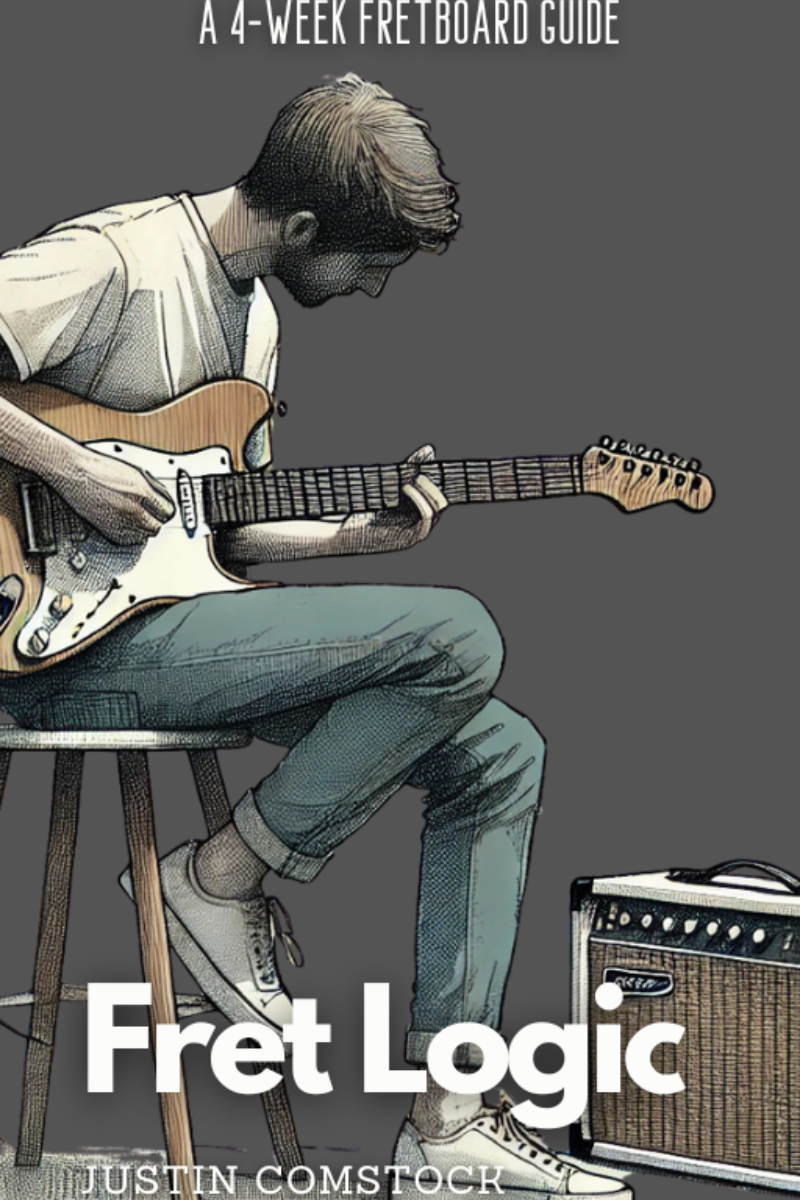
Join Guitar Freaks Hangout on Discord! 🎸
Get Fret Logic FREE!
Join the Guitar Freaks Hangout Discord and get exclusive access to my entire e-book, Fret Logic! Master the fretboard and elevate your solos with this comprehensive guide.
👉 Don’t miss out—join now and download your free copy!
